Kia will launch its electric van business in the UK on 29 April when the production version of the PV5 makes its national debut at the Commercial Vehicle Show.
The PV5 was first shown in concept form at the CES electronics show in Las Vegas last year and prototypes have recently been spotted testing in Europe ahead of an imminent reveal.
It is the first in a range of vans planned by the Korean manufacturer, with the concept having been unveiled alongside a smaller PV1 and PV3, as well as the Mercedes Sprinter-sized PV7.
Kia said the PV5 will be offered with a seven-year, 100,000-mile warranty as standard, and connectivity with the Geotab fleet management platform will be offered too.
Paul Philpott, president and CEO of Kia UK, told Autocar earlier this month that deliveries of the PV5 will begin “during Q4” – so between October and December – and that launching vans is an “important extension of our brand”.
He added: “[It’s] a pretty significant marketplace. Another 350,000 vans go on sale every year and there's a piece of that pie that we've had nothing of, that we can add to our car business.”
Everything you need to know about Kia's new vans
Kia will enter the world of commercial vehicles in 2025 with an electric van called the PV5.
The Kia PV5, revealed at CES in Las Vegas, is the first of a future line-up of what Kia calls PBVs, which stands for Platform Beyond Vehicle.
Kia has shown off several concept versions of these PBVs at CES alongside the PV5, including the smaller PV1 and PV3 and larger PV7, as well as different versions of the PV5 itself, as part of plans to ramp up its offering of multi-purpose vehicles in the coming decade.
The PV5 will be launched first, in 2025, and is the first model to come from a new factory in Korea – with an initial capacity of 150,000 units per year – designed solely to produce PBVs using a bespoke and more flexible manufacturing process.
The PV5 is 4.7 metres long and has a punchy target price of €35,000 (£30,600) for an entry-level model, although what size battery it will have and the indicated range have yet to be disclosed. A longer-wheelbase version is possible.

It will be built on a specially adpated version of the E-GMP platform used on the likes of the Kia EV6 and new Kia EV9 electric cars.
Unlike those EVs, the PV5 is natively front-wheel drive and has a 400V electrical architecture rather than an 800V one.
Two versions of the PV5 confirmed to be offered at launch are the seven-seat People Mover – a rival to the new electric Ford Tourneo Custom – and the High Roof panel van, which maximises cargo space.
Kia is targeting small and medium businesses, including utility companies, with this van initially. The pair of PV5s is set to reach the UK in 2025.

The People Mover will appeal to taxi companies. Kia has confirmed that it's in talks with Uber about a supply deal and indicated that the ride-hailing giant was influencing elements of the PV5's design and configuration.
There are also plans for an autonomous Robotaxi version of the PB5, which has been previewed at CES as the PV5-R.
A production date of 2028 is mooted for this model, which will have level-four autonomous capabilities. As such, its introduction will be limited by legislation.
The final version of the PV5 is a pick-up truck, although Kia admits this is more to show the configurability of the platform rather than a model with production intent.
The company does have plans for a combustion-engined pick-up in some global markets, but that's separate from this project.
The one fixed element of the interior of all the PV5 models is the "driver zone" cabin, with the rest customisable through the use of various interchangeable modules.
For example, the area traditionally used for a passenger seat can serve as a secure area for holding luggage, while a variety of seat types can be placed in a number of layouts.
The launch of the PV5 is what Kia calls phase one of a three-phase project concerning PBVs. The second phase will include the launch of the production PV7, which has been previewed as a CES concept also.
The PV7 will be offered in lengths ranging from five to 5.7 metres and will go into production in 2027. This will also be natively front-wheel-drive but will offer four-wheel drive as an option and be equipped with the 800V electrical architecture for faster charging.
Phase two will also include the roll-out of new software for the PBVs that will use artifical intelligence to ensure that they're always up to date.
Phase three is more conceptual and not planned until at least 2032, but it envisions a whole network of different-sized PBVs able to interact with one another across multiple uses and business needs.
The other two PBVs previewed, the PV1 and PV3, aren't yet planned for production.

Kia admits the PV3 is too similar to the PV5 for now but will invite businesses to suggest use cases for it, which may yet result in it being made.
The PV1 is a small, autonomous-only model that's intended for carrying small loads in tight urban areas.
As indicated by the model names, Kia is also open to further PBV models to sit between the initial concepts in the future.
All the models have what's called a "dynamic hybrid" modular body on top of their skateboard EV platform. This combines tubular steel and engineered polymers to reduce the amount of parts needed by 55%, Kia claims, with no reduction in rigidity.

Lots of recycled materials are used in the construction of the PBVs, too.
Kia is also developing a range of fleet-management options, including over-the-air software updates, to help firms running a large number of PBVs.
It's also developing a PBV Ecosystem, based around an integrated rail system on the ceiling, floor and side of the machines, that will allow items such as frames, cabinets and seats to be switched between different PBVs.
Beyond the vehicles, Kia is further planning to integrate robotics and autonomous driving technology into the PBV ecosystem, so that the vehicles are ready for use in future ‘smart city’ environments. This would be in phase three.
Kia's van could be the cleverest around - but is there a market?
George Barrow
It’s hard not to look at the PV5 line-up with a healthy dose of scepticism but the requirements of the commercial vehicle industry are very different from those in the passenger car world. Advanced telematics, AI features, and even sustainable materials in the cabin simply aren’t on the agenda for your average Joe whose van is just another tool of their trade.
In its current guise, the PV5 van is likely to sit roughly in the size and payload region of the Ford Transit Custom, the most successful van of the past decade. I have my doubts that an electric-only LCV will be able to gain traction in such a competitive market. The size seems irregular in a market where double-pallet loadspaces are important and many fleets struggle to effectively implement basic telematics in an effective way, let alone make use of future plans for autonomous vehicles and peer-to-peer payloads.
The Volkswagen ID Buzz Cargo has already begun to change the way buyers look at EV-only vans, but a new name with no commercial vehicle pedigree and no dedicated commercial vehicle sales and back-up makes the PV5 concept seem more like LCV (or PBV) fiction, than fact.
Kia doesn’t just need to invent a model, but also a market for what is currently a highly advanced digital proposition in a fairly analogue world.
George Barrow is an International Van of the Year juror

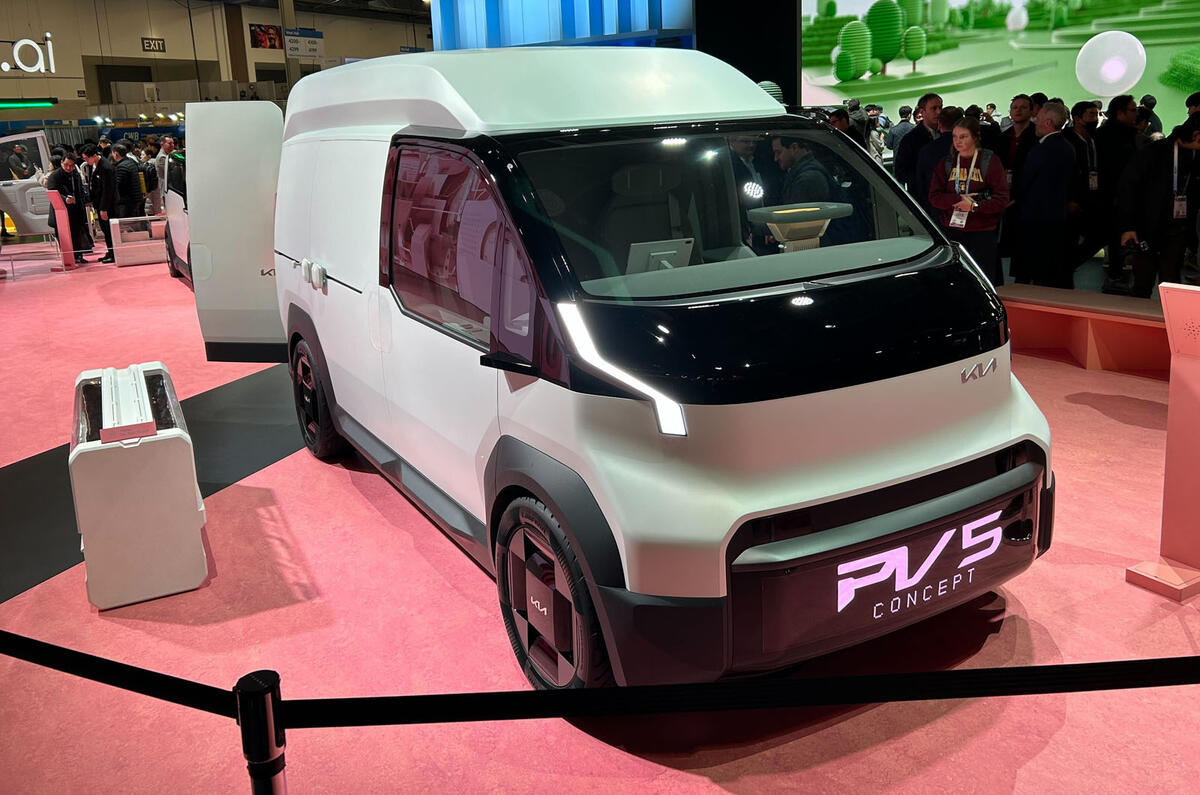
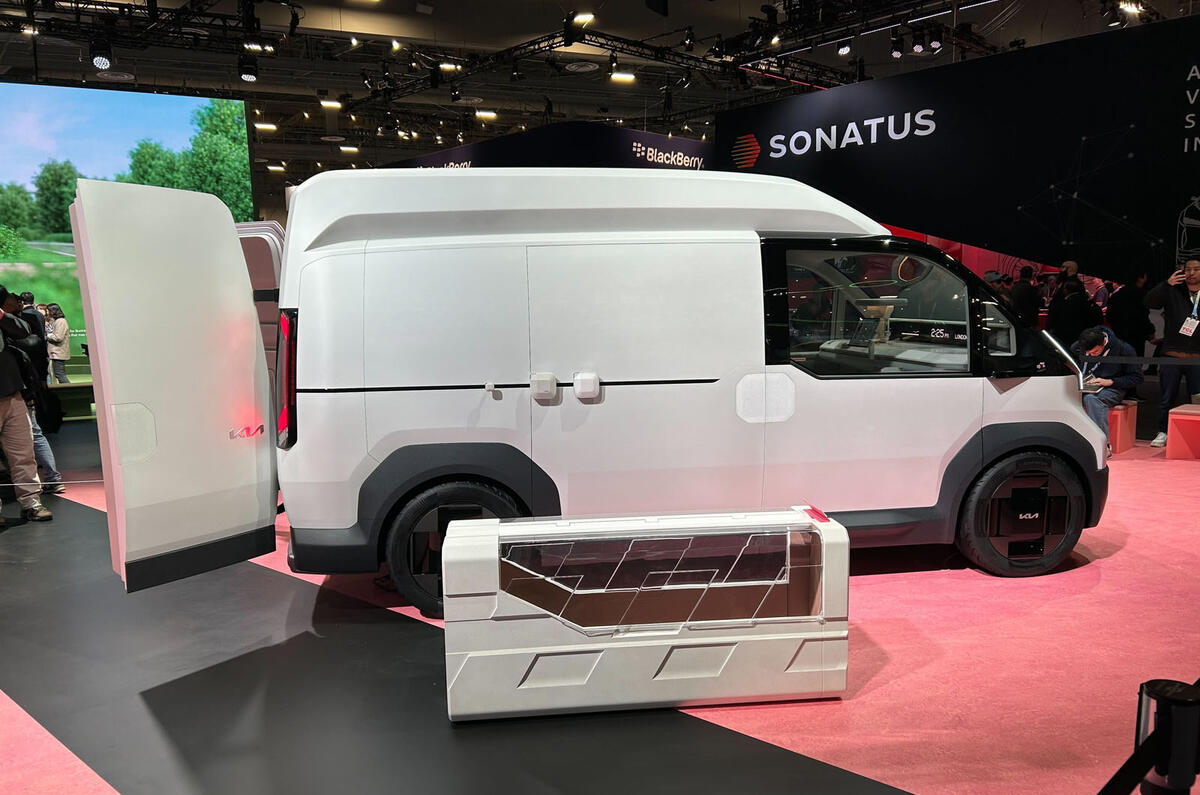
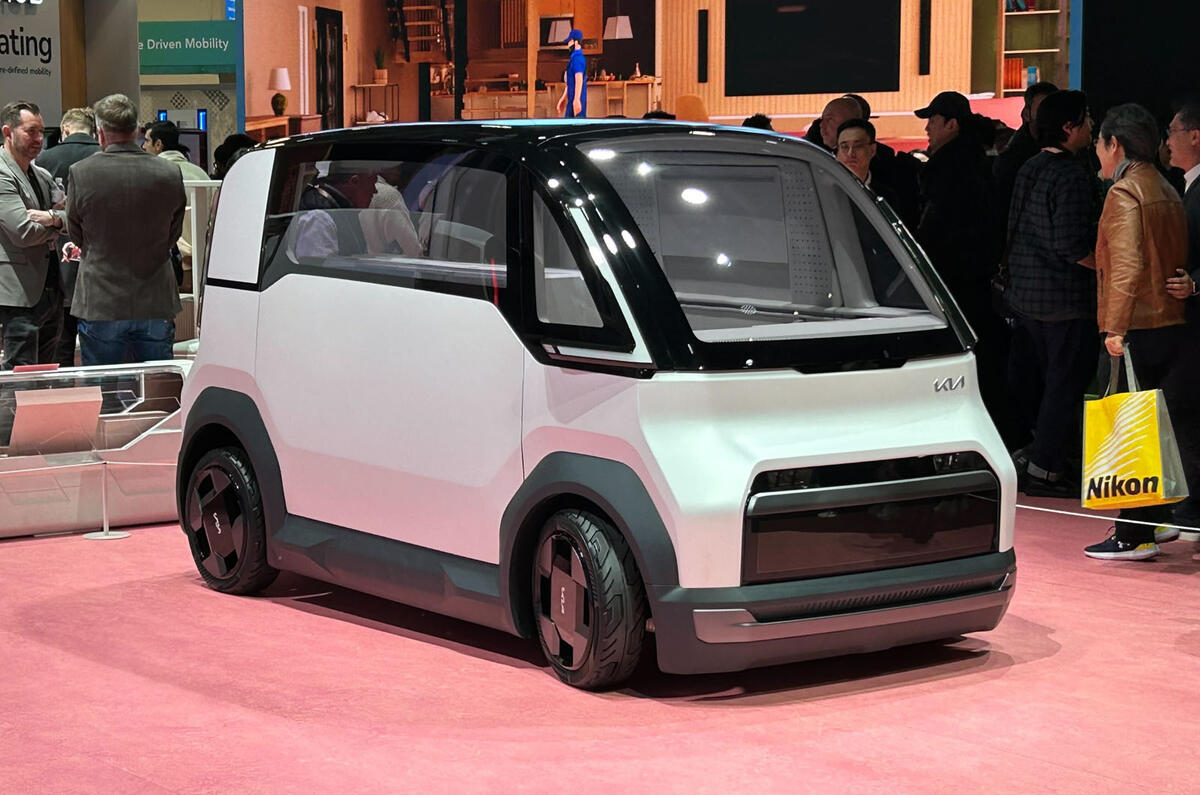
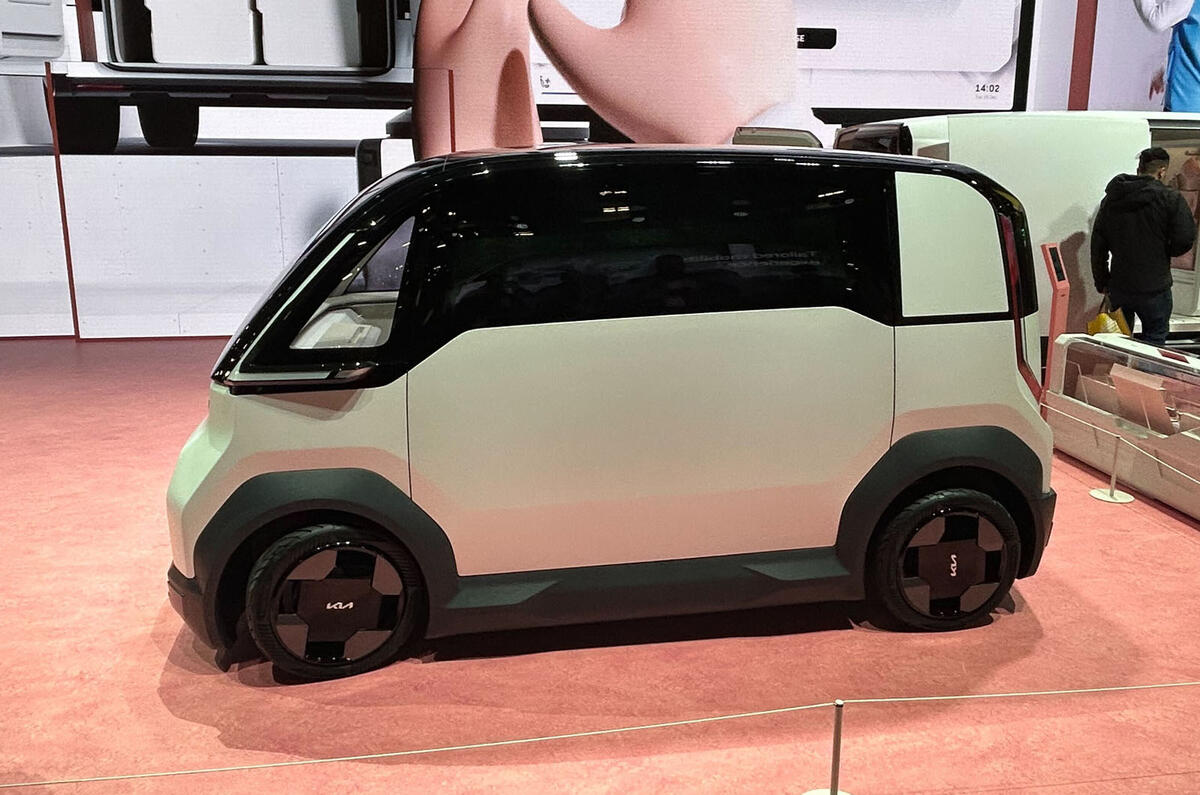
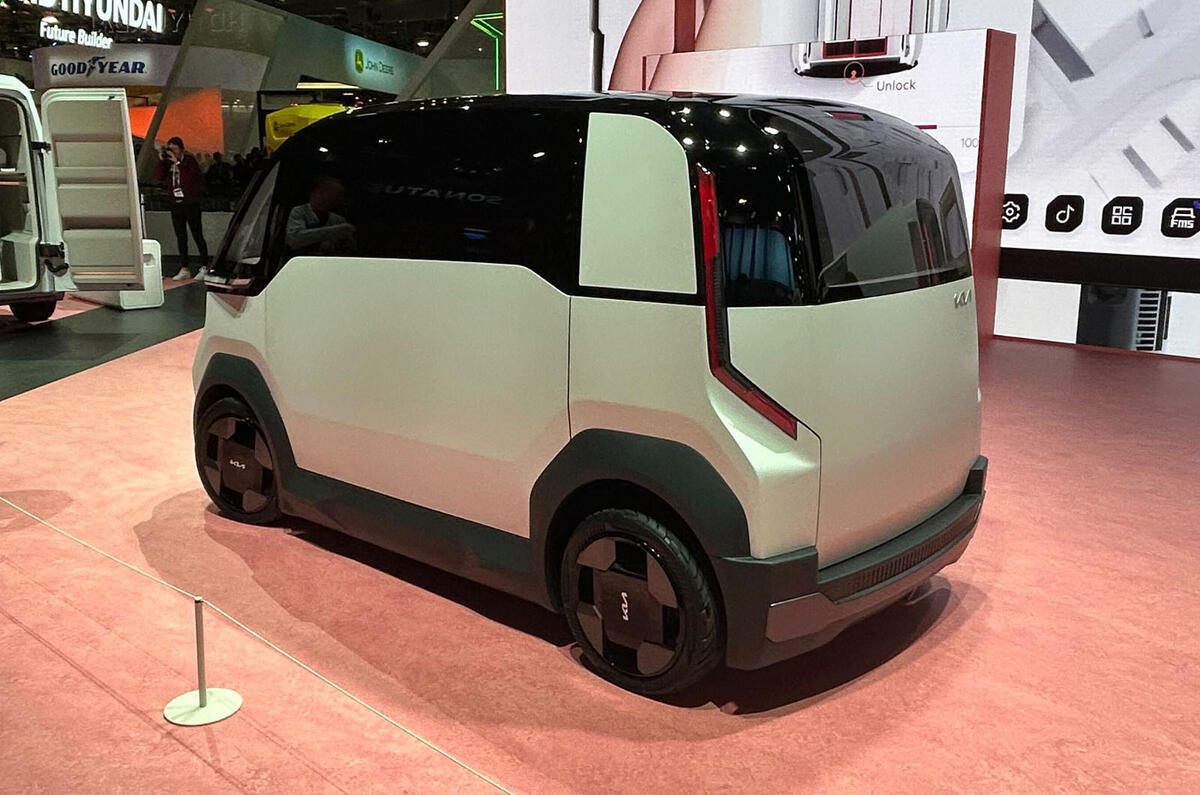
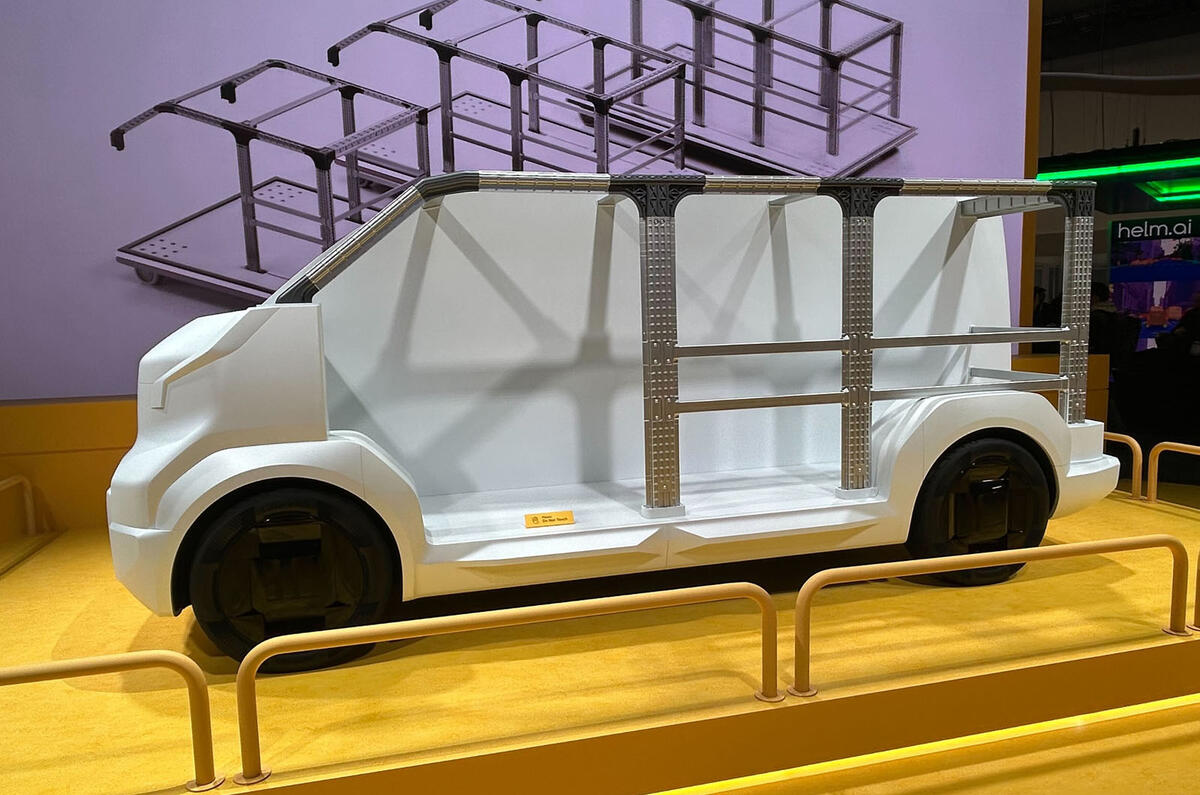

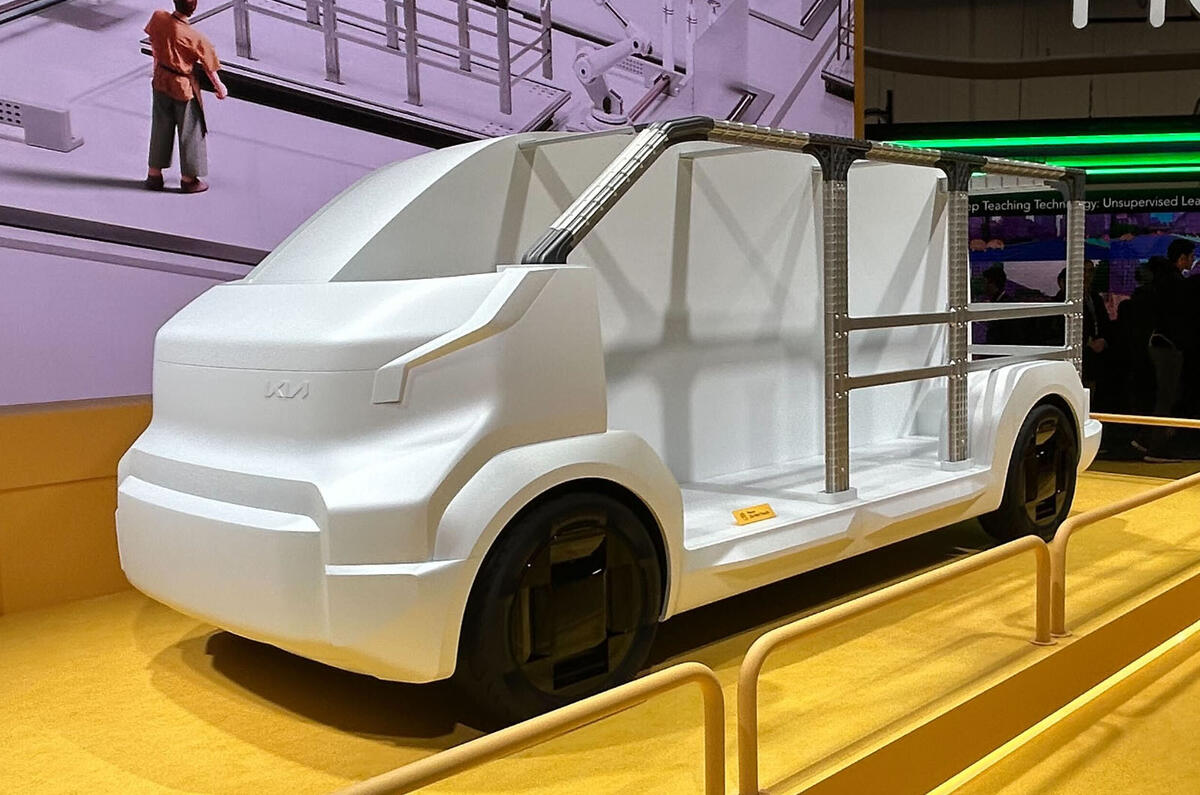
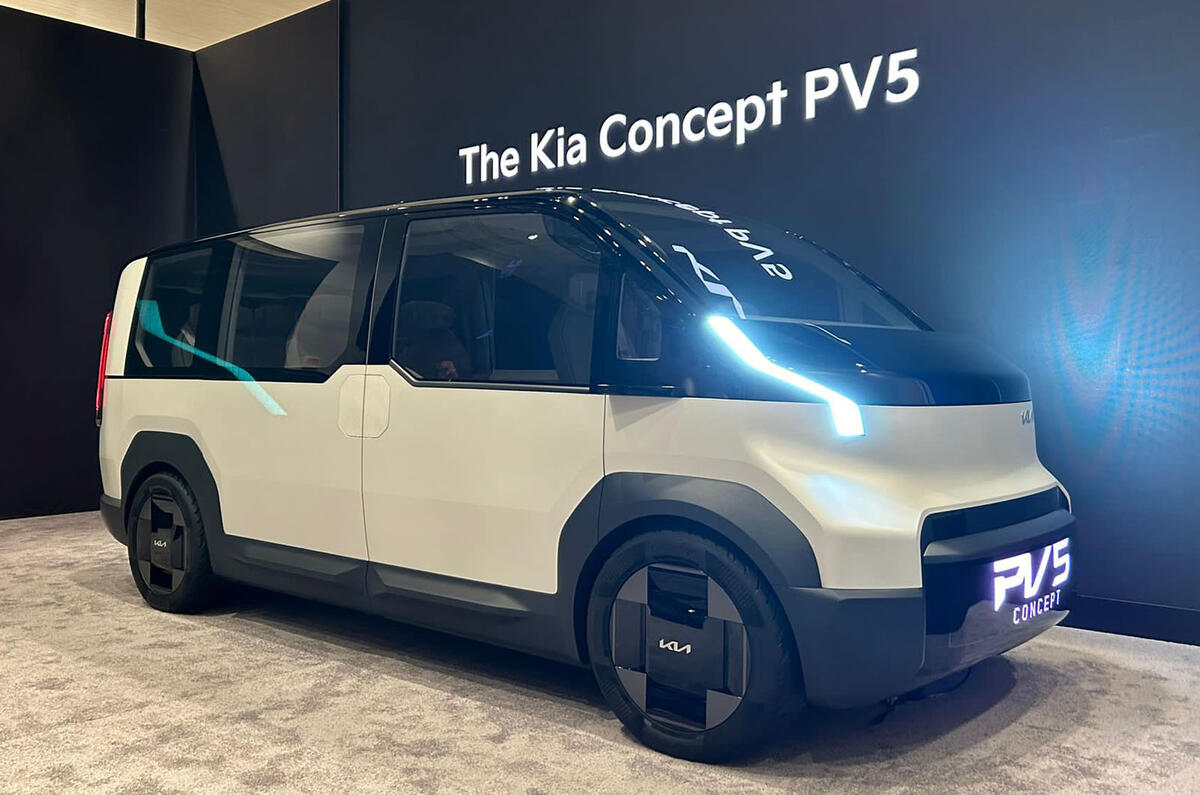
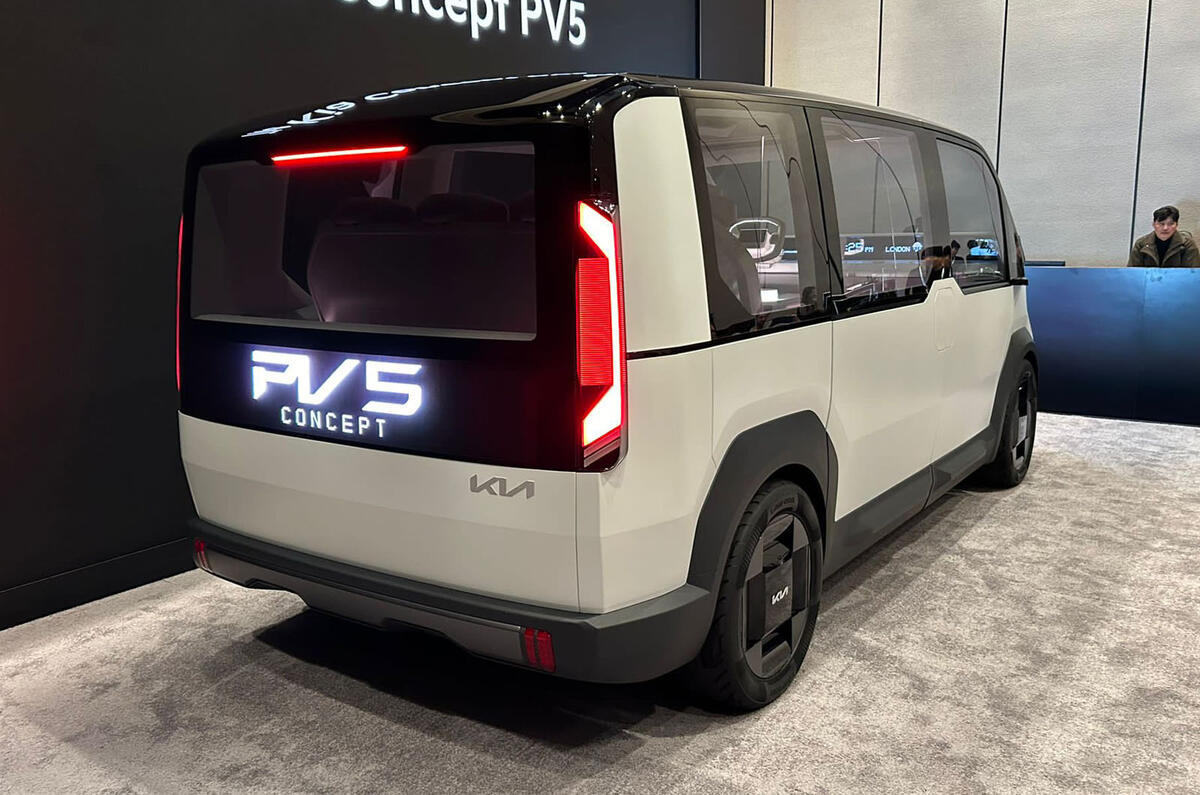
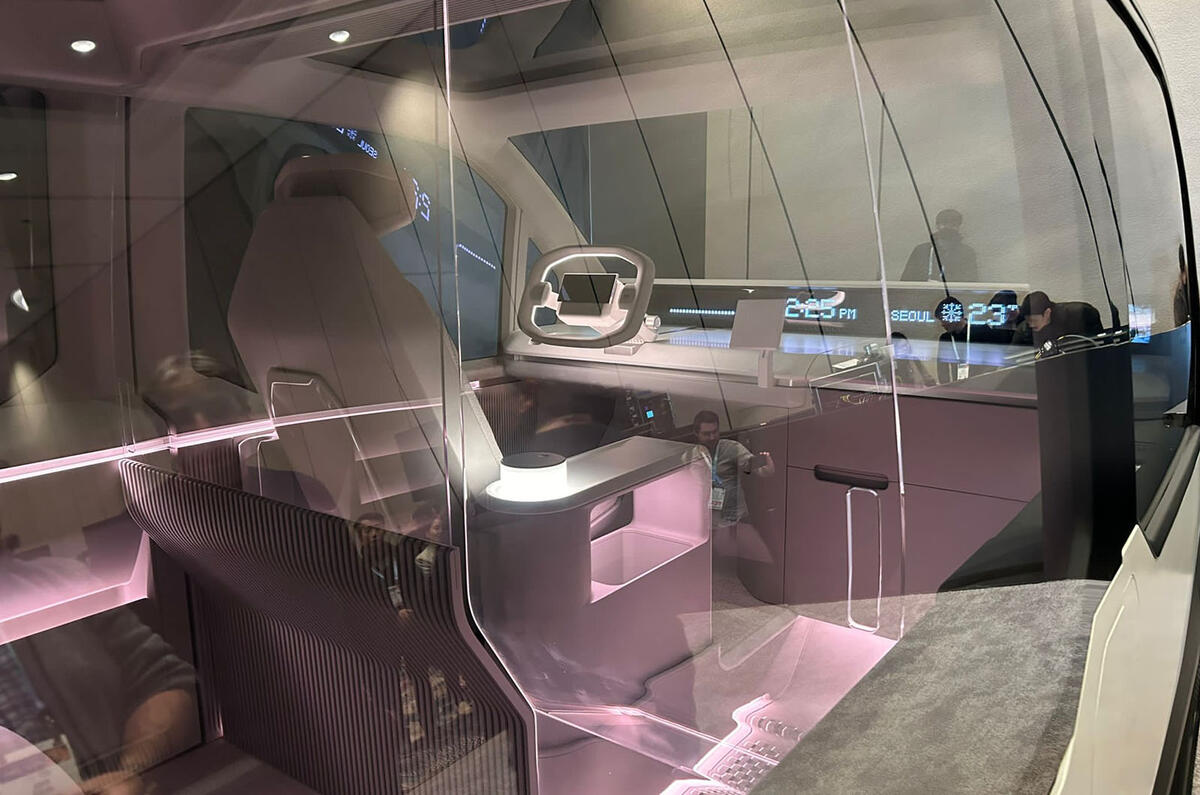
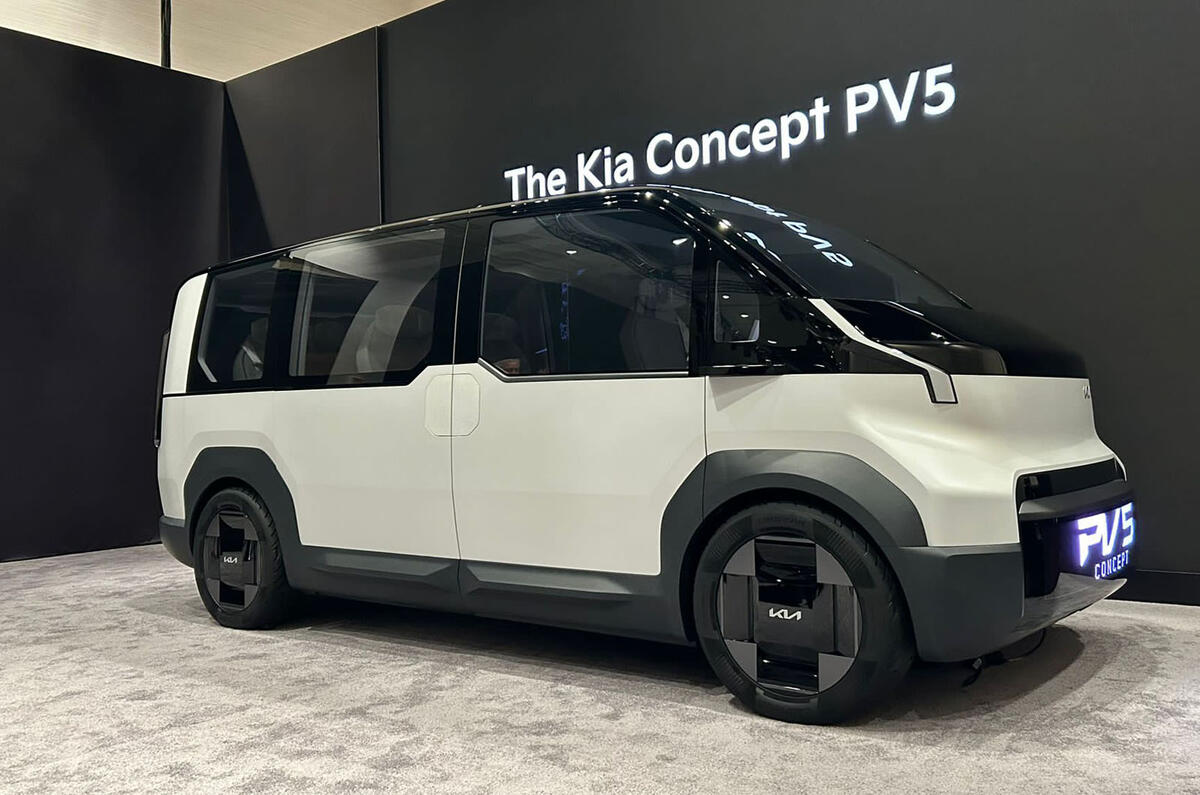

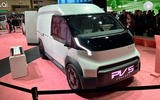
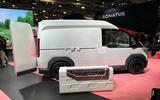
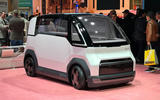
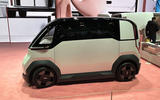

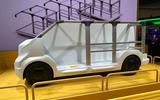
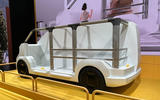
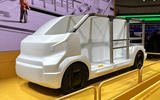
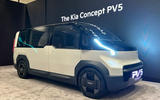
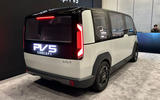

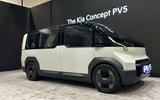
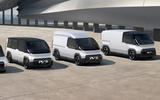










Join the debate
Add your comment
KirKlees counciL has Nissan electric vaNs. BT bought toyota vans
It's about time Vans in general had a makeover, for too long they've been all Transit shaped, nothing wrong with that,but it's a bit boring now.
I would say that there's a large market for the PV3!!! My business buys small vans, and we'd definitely be interested in this, but it looks like Kia won't be making it! I'm sure Kia knows what it is doing, but haven't they seen that small vans are everywhere?